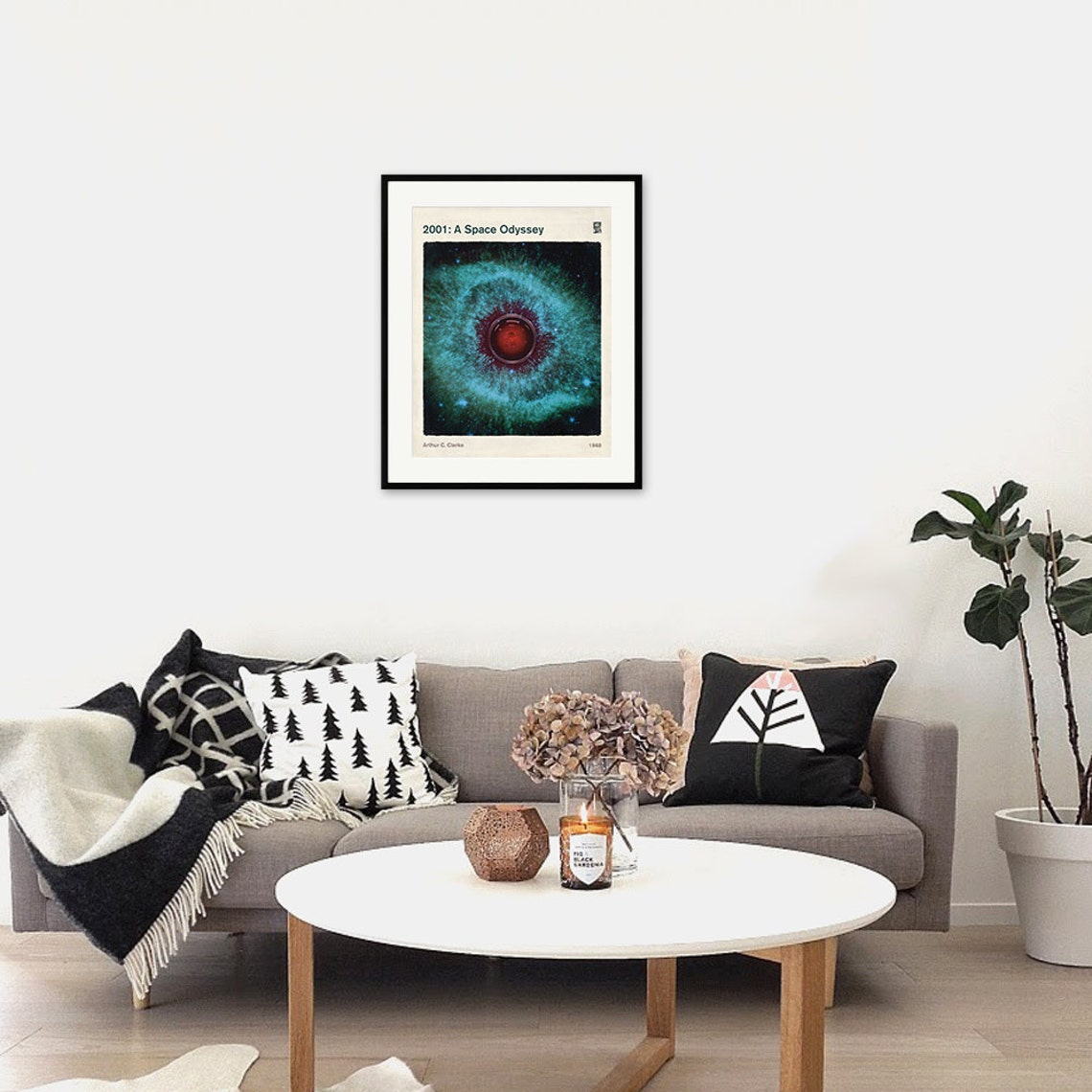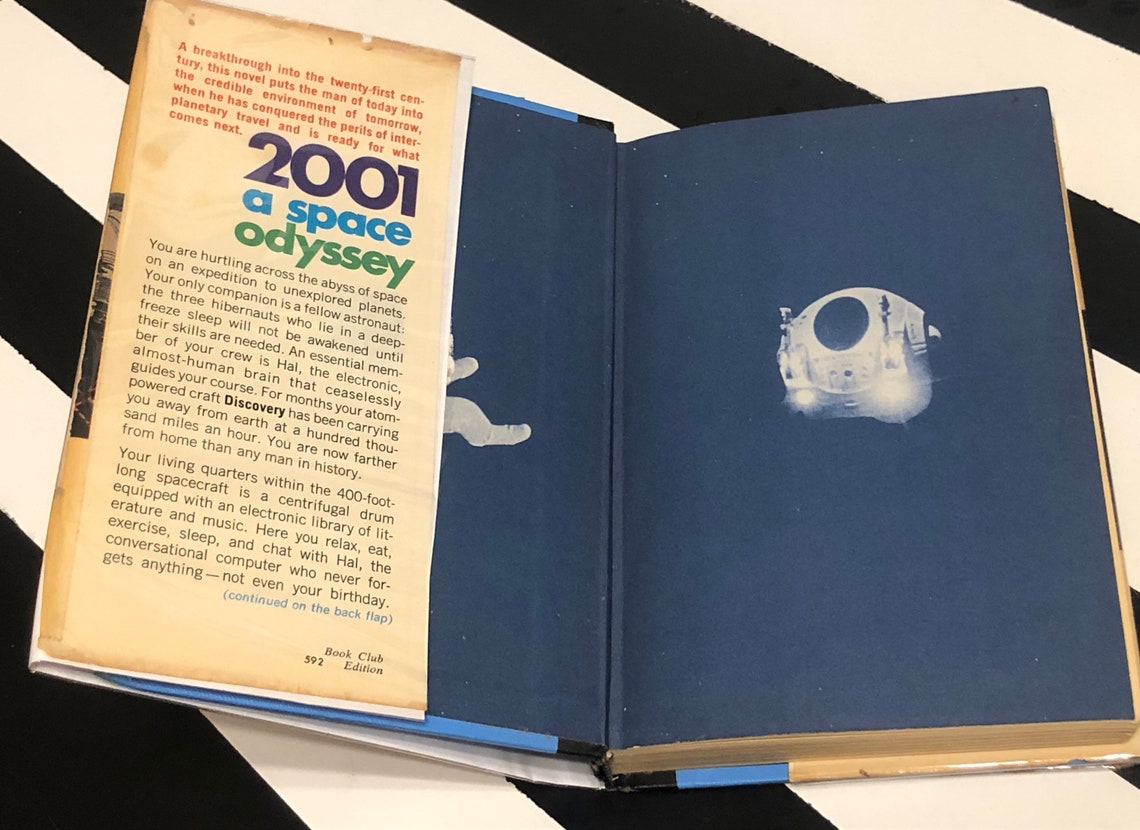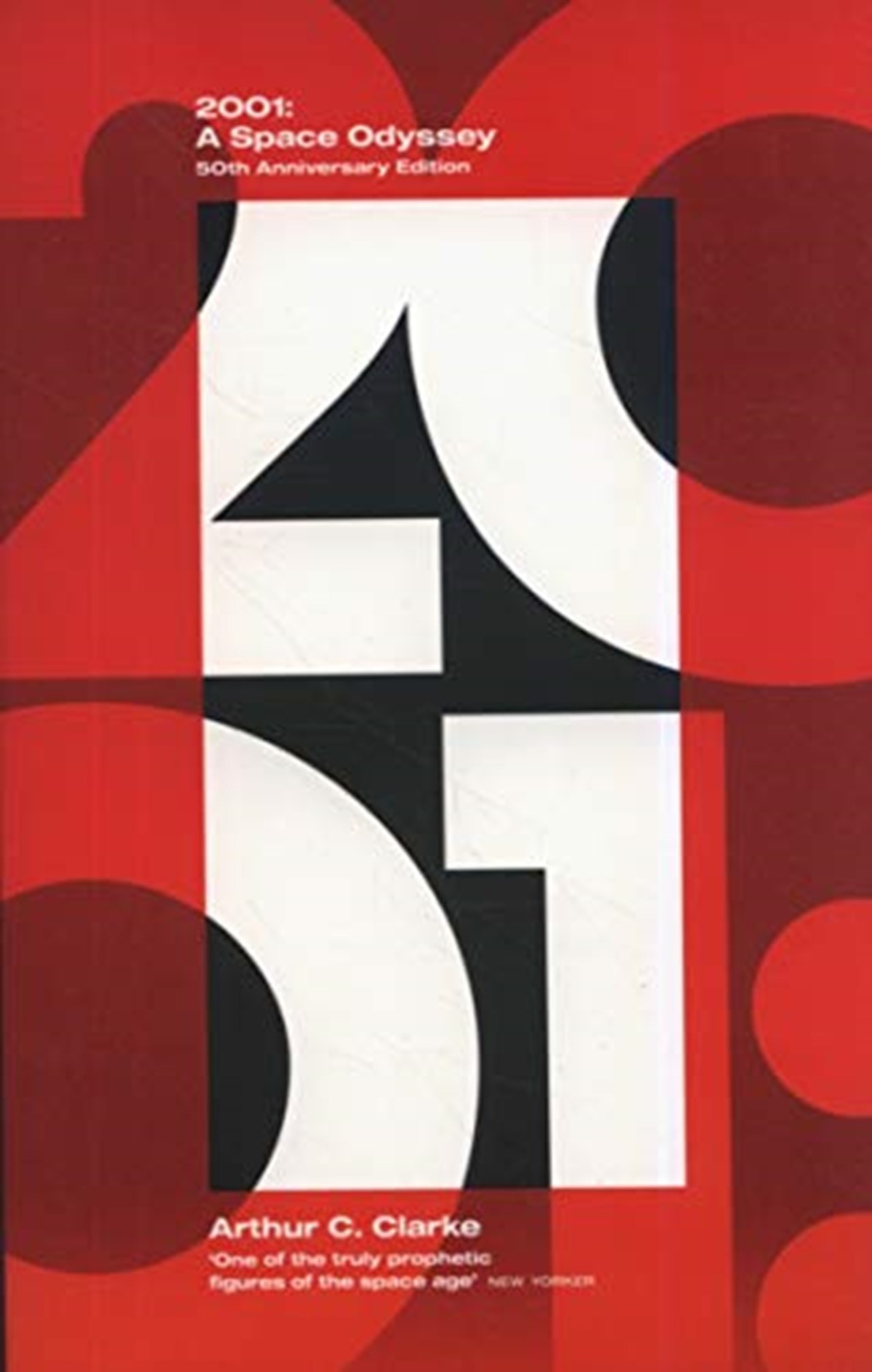


This is the result of the association that Kubrick made between the spinning motion of the satellites and the dancers of waltzes. Zarathustra thus acts as a bookend for the beginning and end of the film, and as a motif signifying evolutionary transformations, first from ape to man, then from man to Star-Child.Īlso memorable in the film is its use of parts of Johann Strauss II's best-known waltz, An der schönen blauen Donau ( By the beautiful Blue Danube, commonly known in English as The Blue Danube), during two intricate and extended space travel sequences: a PanAm space plane docking at Space Station V, and a lunar landing. It is subsequently heard when an ape first learns to use a tool, and when Bowman is transformed into the Star-Child at the end of the film. The piece is first heard in the opening title which juxtaposes the Sun, Earth, and Moon. The use of Strauss's Zarathustra may be a reference to the theme of mankind's eventual replacement by overmen ( Übermenschen, not Üntermenschen), in Nietzsche's book Thus Spoke Zarathustra.
#Who wrote 2001 a space odyssey book professional
The film is notable for its innovative use of classical music taken from existing commercial recordings, in contrast to most feature films then and now, which are typically accompanied by elaborate film scores or songs written specially for them by professional composers.Ģ001 is particularly remembered for the use of the opening theme from the Richard Strauss tone poem Also sprach Zarathustra (usually translated as "Thus Spake Zarathustra" or "Thus Spoke Zarathustra" ), performed by the Vienna Philharmonic conducted by Herbert von Karajan. Almost no music is heard during any scenes with dialogue. About half the music in the film appears either before the first line of dialogue or after the final line. Music įrom very early in production, Kubrick decided that he wanted the film to be a primarily nonverbal experience that did not rely on the traditional techniques of narrative cinema, and in which music would play a vital role in evoking particular moods. The soundtrack has been re-issued multiple times, including a digitally remastered version in 1996.

The soundtrack is known for its use of many classical and orchestral pieces, and credited for giving many classical pieces resurgences in popularity, such as Johann Strauss II's 1866 Blue Danube Waltz, Richard Strauss' symphonic poem Also sprach Zarathustra, and György Ligeti's Atmosphères. 2001: A Space Odyssey is a soundtrack album to the film of the same name, released in 1968.


 0 kommentar(er)
0 kommentar(er)
